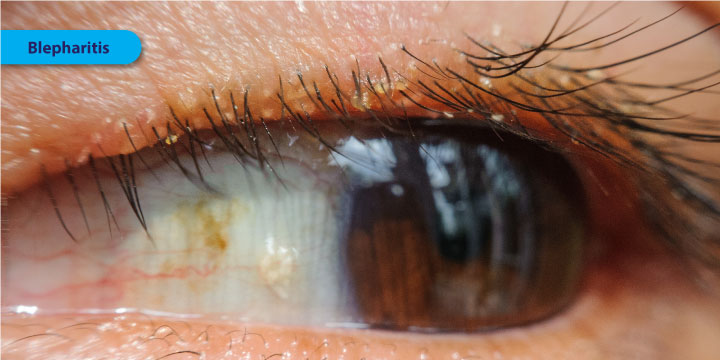Blepharitis - Symptoms, Causes and Treatment
07-04-2024
What is Blepharitis?
Blepharitis is a common and chronic inflammation of the eyelids that can affect people of all ages. It typically occurs when the oil glands at the base of the eyelashes become clogged, leading to redness, irritation, and discomfort. Proper eyelid hygiene is key in managing this condition and preventing further complications. Regular eye exams and consultations with an eye care professional can help individuals effectively manage blepharitis and maintain healthy eyes.What Are The Causes Of Blepharitis?
Blepharitis is typically caused by a combination of factors, including bacteria, malfunctioning oil glands near the base of the eyelashes, and other skin conditions. The exact cause of blepharitis can vary from person to person and may be influenced by individual factors such as hygiene habits, immune system function, and overall health. In some cases, environmental factors such as pollution or allergies may also play a role in the development of blepharitis. Understanding the underlying causes of this condition is important in order to effectively manage and treat it.What Are The Risk Factors For Blepharitis?
There are several risk factors for developing Blepharitis, including advanced age, certain skin conditions such as rosacea, and a history of allergies. Individuals who wear contact lenses or have a compromised immune system may also be at higher risk for developing this condition. Additionally, poor eyelid hygiene, including failure to properly clean the eyelids and lashes, can increase the likelihood of developing Blepharitis. It is important for individuals with these risk factors to be aware of the potential for developing Blepharitis and to take proactive measures to maintain good eye health.What Are The Symptoms Of Blepharitis?
Symptoms of Blepharitis may include red, swollen, or itchy eyelids, a gritty or burning sensation in the eyes, crusting or flakes on the eyelashes, increased tearing, sensitivity to light, blurred vision, and the feeling of something stuck in the eye. Patients may also experience eyelid margin irregularities, such as scaling or thickening of the skin, and loss of eyelashes. Symptoms may vary in severity and can come and go over time. It is important to seek medical attention if you experience any of these symptoms to receive a proper diagnosis and treatment.How is Blepharitis Diagnosed?
Blepharitis is typically diagnosed through a comprehensive eye examination conducted by an optometrist. During the examination, the optometrist will carefully inspect the eyelids and eyelashes for any signs of inflammation or irritation. Special attention is paid to the base of the eyelashes, where oil glands can become clogged in cases of blepharitis. Additionally, the optometrist may perform tests to assess the quality and quantity of tears produced by the eyes, as blepharitis can often be associated with dry eye syndrome. Based on the findings of the examination, the optometrist can make a diagnosis of blepharitis and recommend appropriate treatment options.How is Blepharitis Treated?
Blepharitis is typically treated through a combination of at-home care and professional treatments. At-home care may include warm compresses to help soften debris and crusts on the eyelids, gentle eyelid scrubs with a mild soap or baby shampoo, and maintaining good eyelid hygiene. In some cases, over-the-counter eyelid scrubs or artificial tears may be recommended. Professional treatments for Blepharitis may include in-office eyelid scrubs, antibiotic ointments or drops, steroid eye drops, or oral antibiotics to reduce inflammation and control bacterial growth. In more severe cases, procedures such as intense pulsed light therapy or punctal plugs may be recommended to help manage symptoms. It is important to follow the recommendations of your optometrist or ophthalmologist to effectively manage Blepharitis and prevent complications.Is There A Cure For Blepharitis?
While there is no definitive cure for Blepharitis, there are various treatment options available that can help manage the condition and alleviate symptoms. These treatments may include eyelid hygiene practices, warm compresses, lid scrubs, and medications such as antibiotics or steroids. It is important for individuals with Blepharitis to work closely with their eye care provider to develop a personalized treatment plan that is most effective for their specific case. By following these recommended treatments and maintaining consistent eye care, individuals with Blepharitis can often experience relief from their symptoms and improve the overall health of their eyes.How Can Blepharitis Be Prevented?
Blepharitis can be prevented by practicing good eyelid hygiene. This includes regularly cleaning the eyelids and lashes with a gentle cleanser or baby shampoo diluted in warm water. Avoiding rubbing or touching the eyes, removing eye makeup before bed, and using clean towels and pillowcases can also help prevent blepharitis. Additionally, individuals should avoid sharing makeup or eye products with others and make sure to replace eye makeup regularly to prevent the growth of bacteria. Regular eye exams with an optometrist can also help catch any early signs of blepharitis and prevent it from worsening.Regular eye exams with advanced technologies are essential for the early detection and treatment of blepharitis. Schedule an eye exam with an optometrist today!
Schedule An Appointment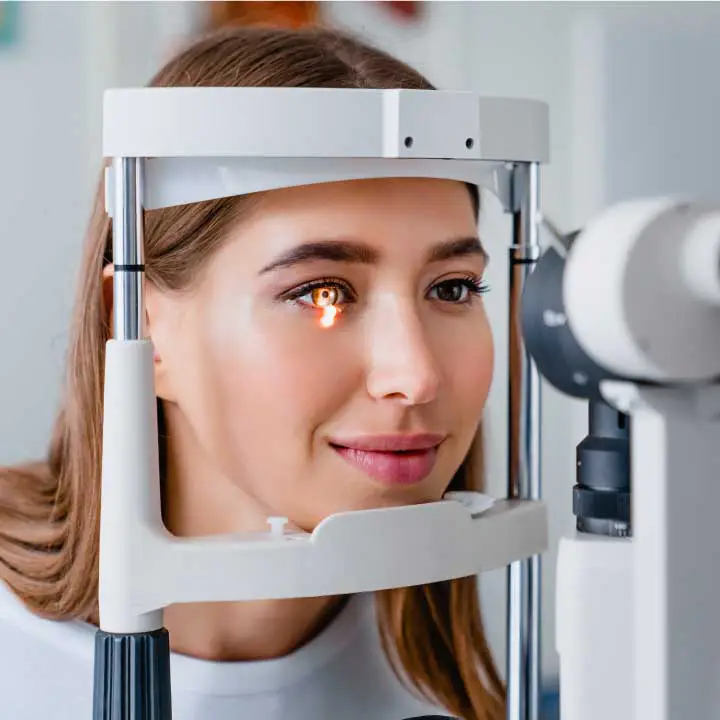
Adult Eye Exams
Our advanced eye exams consist of 25+ modern tests and digital scans to assess eye health, function, and visual acuity.
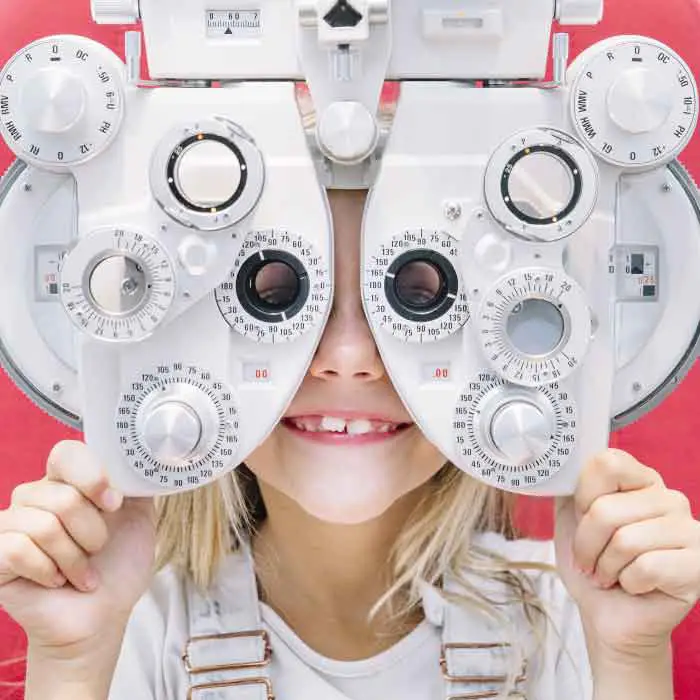
Child Eye Exams
Give your child a clear future with an annual eye exam from our experienced Edmonton optometrists.

Senior Eye Exams
Maintain your vision through your golden years with gold standard eye care from the optometrists at our Edmonton eye clinic.
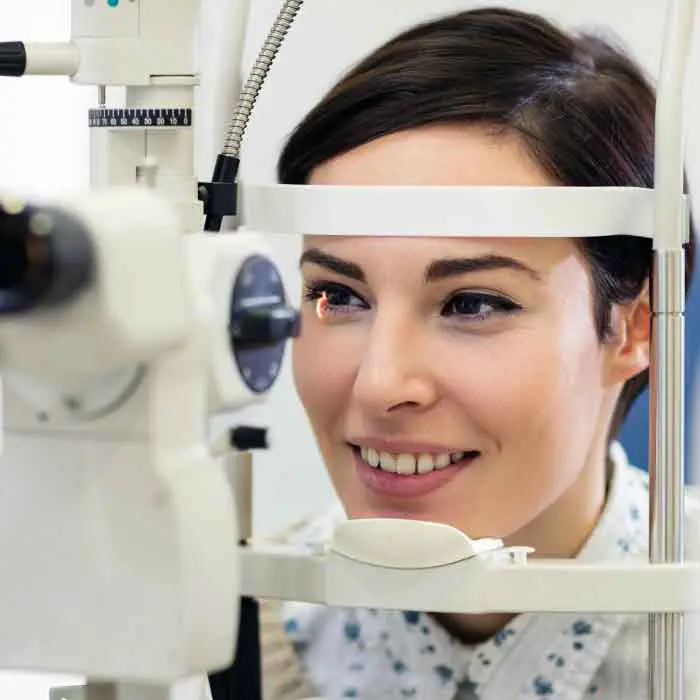
Contact Lens Eye Exams
Our eye exams for contact lens wearers include test and digital scans to assess eye health, function, visual acuity, and lens fit.
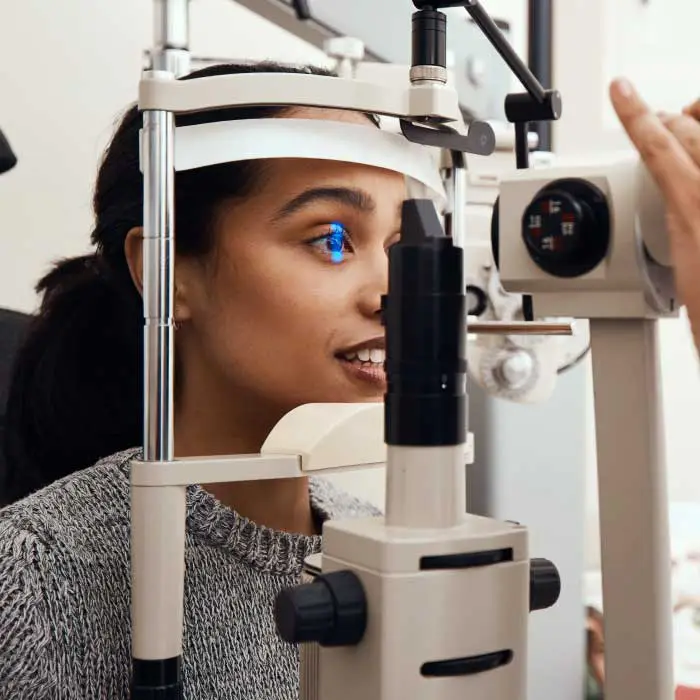
Diabetic Eye Exams
Managing diabetes requires regular eye exams to ensure that diabetes is not causing irreversible vision loss.
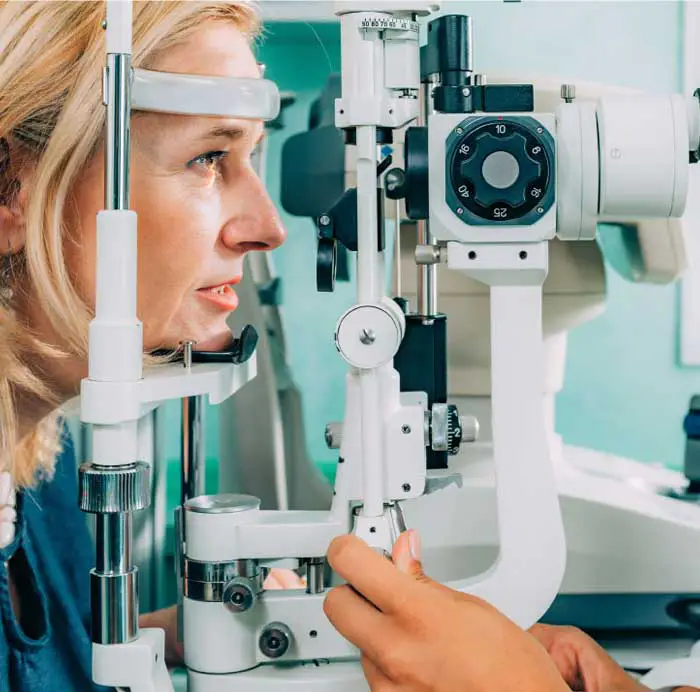
Dilated Eye Exams
Dilating the eyes enables our Edmonton optometrists to see more of the eye so that you many never see less.
Our Edmonton Eye Exams Are Comprised Of 4 Phases Of Evaluation
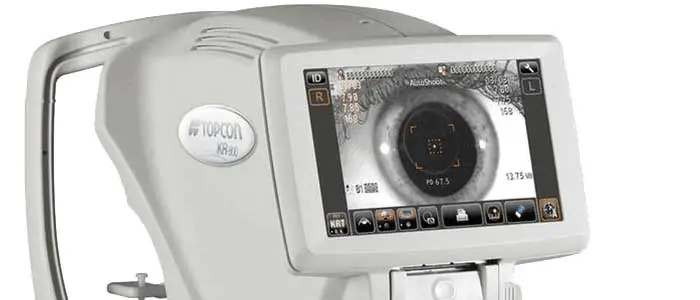
1. Eye Exam Pre-Testing
Corneal Thickness | Intraocular Pressures | Visual Field
Pre-testing is a detailed process that gathers all necessary information for the optometrist in advance of the optometrist-administered eye examination. This process involves completing a detailed patient history, as well as a series of standard tests. Pre-testing is an essential part of the comprehensive eye exam process, providing valuable information and visuals for both the optometrist and the patient.
More About Pre-Testing »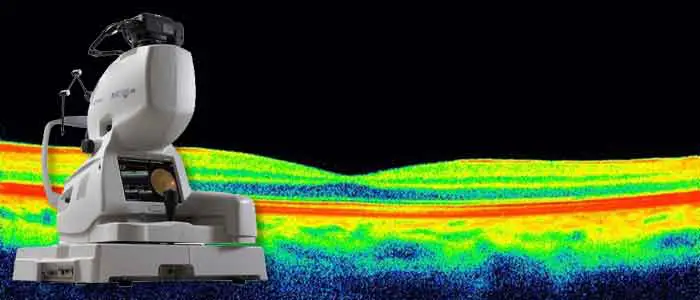
2. Advanced Diagnostic Testing
Retinal Photography, OCT, Topography
eye-deology Vision Care differentiates itself from other clinics by having the most advanced modern diagnostic specialty testing equipment. Specialty equipment, such as a wide-angle high-resolution retinal imager, Optical Coherence Tomography (OCT), Humphrey Visual Field Analyzer and corneal topographer, ensures that patients receive the best comprehensive eye care.
More About Advanced Testing »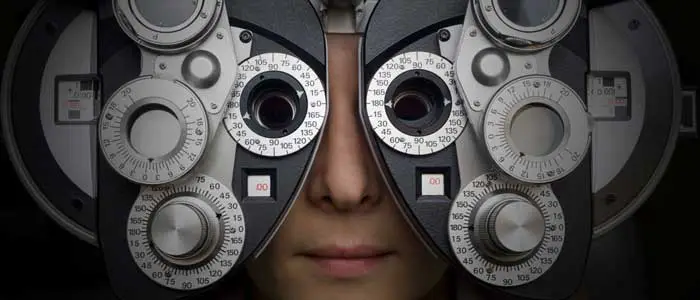
3. Optometrist Examination
Health Assessment & Disease Diagnosis
eye-deology Vision Care Edmonton optometrists perform a multitude of tests and assessments to evaluate ocular health, eye coordination, and visual acuity. In addition, they also evaluate the results of the tests and scans performed during pre-testing. As part of patient education, our optometrists also take the time to show and explain results to patients.
More About Doctor Exam »
4. Eye Glass Consult
Prescription | Lens Selection | Digital Fitting
If you require corrective lenses to improve your vision, our licensed opticians will customize their fit to your unique attributes, needs, lifestyle, and budget. Our opticians are happy to provide you with information about the latest eyeglass frame and lens technologies available so you can make informed decisions and begin seeing and looking your best.
More About Eyewear Consult »